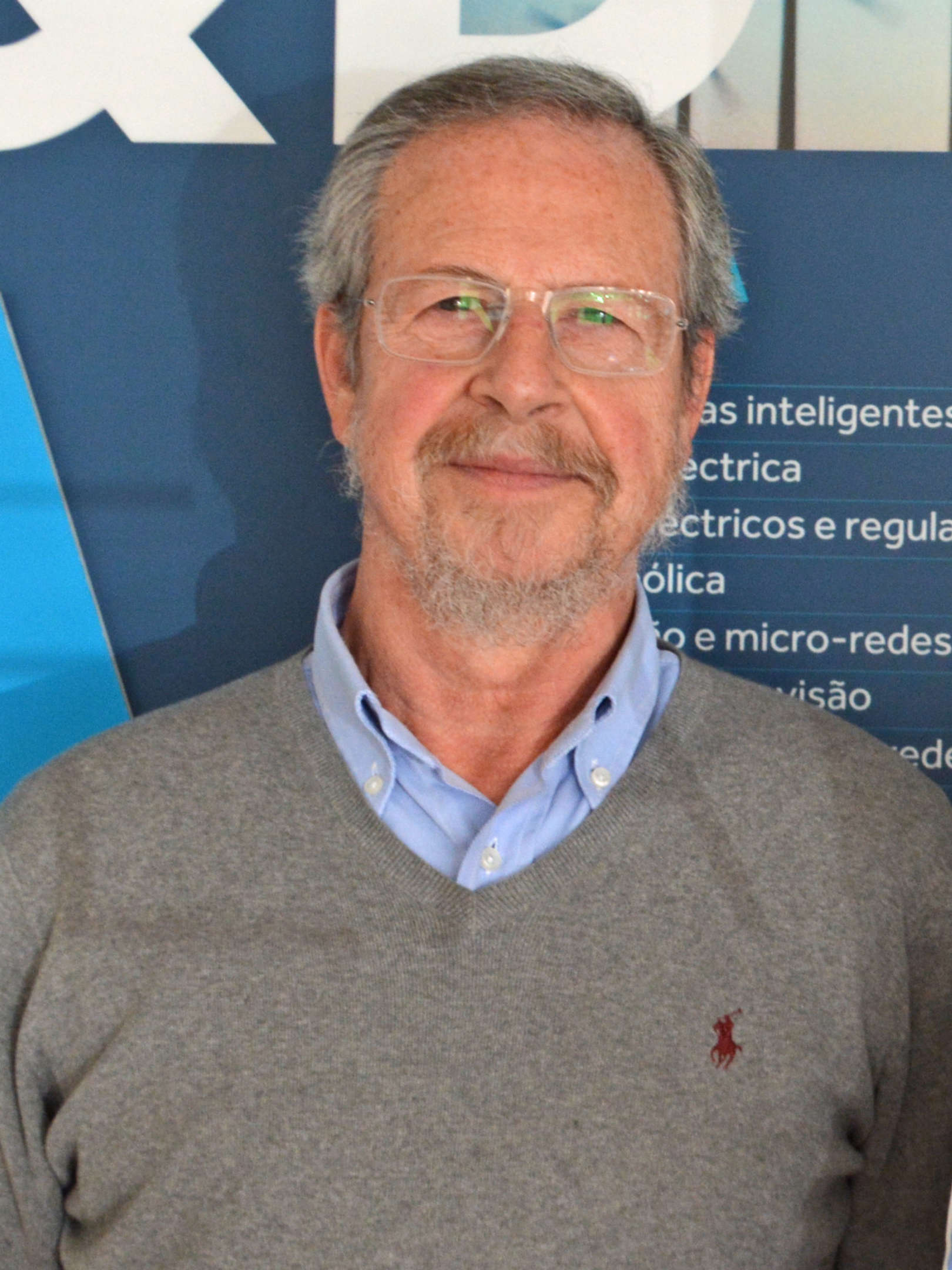Sobre
Pedro Guedes de Oliveira
Esteve na fundação do Departamento de Eletrónica e de Telecomunicações da Universidade de Aveiro onde lecionou até 1993, a partir do que foi professor na Faculdade de Engenharia da Universidade do Porto, onde se jubilou em 2015.
Ao longo da carreira assumiu vários cargos diretivos quer a nível departamental quer de centros de investigação, bem como cargos representativos, por eleição, a nível do Conselho Científico da FEUP e do Conselho Geral da Universidade. É, presentemente, Professor Emérito da U.Porto.
Foi, até 2005, o primeiro presidente do INESC Porto (hoje INESC TEC) em que continua integrado e onde é Consultor do Presidente, tendo também exercido vários cargos públicos, por convite, nomeadamente como membro do Conselho Científico para as Ciências Exatas e de Engenharia da FCT, como membro não executivo da Administração da Agência de Inovação e membro executivo da direção da FCCN.
Esteve também ligado a iniciativas e entidades de âmbito cultural, nomeadamente como Presidente da Mesa do Conselho Geral da CULTURPORTO e como membro do Conselho de Administração da Porto 2001- Capital Europeia da Cultura.
Em 2016 foi agraciado com a Medalha de Mérito do Ministério da Ciência, Tecnologia e Ensino Superior.
É membro executivo do Conselho de Diretores do INESC e coordenador geral do INCoDe.2030.


